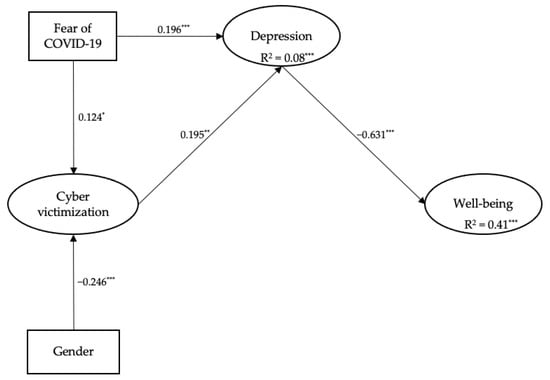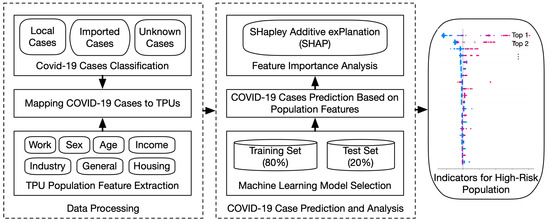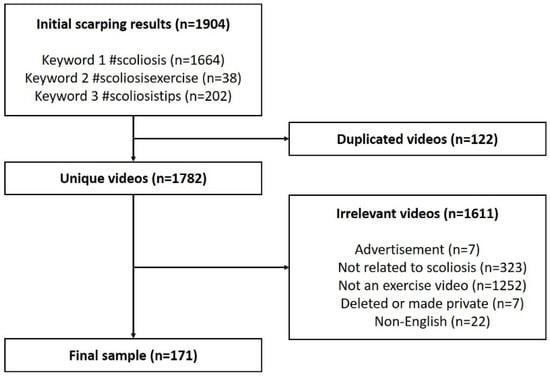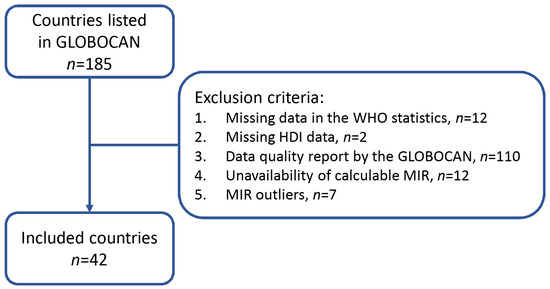Healthcare 2022, 10(9), 1628; https://doi.org/10.3390/healthcare10091628 - 26 Aug 2022
Cited by 13 | Viewed by 2758
Abstract
►
Show Figures
Chronic kidney disease (CKD) is one of the most prevalent national health problems in the United States. According to the Center for Disease Control and Prevention (CDC), as of 2019, 37 million of the US’s adult population have been estimated to have CKD.
[...] Read more.
Chronic kidney disease (CKD) is one of the most prevalent national health problems in the United States. According to the Center for Disease Control and Prevention (CDC), as of 2019, 37 million of the US’s adult population have been estimated to have CKD. In this respect, health disparities are major national concerns regarding the treatments for patients with CKD nationwide. The disparities observed in the healthcare interventions for patients with this disease usually indicate some significant healthcare gaps in the national public health system. However, there is a need for immediate intervention to improve the present healthcare conditions of minorities experiencing CKD nationwide. In this research, the application of system dynamics modeling is proposed to model the CKD progression and health disparities. This process is based on the health interventions administered to minorities experiencing CKD. The graphical results from the model show that there are relationships among the dynamic factors influencing the incidence and prevalence of CKD. Hence, healthcare disparities are inherent challenges in the treatment and management of this disease.
Full article









